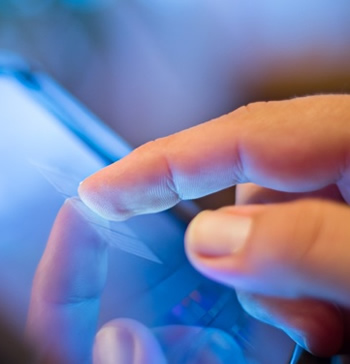A new report suggests that the new iPad is actually Cupertino's "Plan B" as the original idea was to launch a tablet that was thinner and lighter than the iPad 2. Apple wanted to use a new display technology from Sharp but the Japanese multinational wasn't able to have the tech ready in time.
CNET notes that Apple initially planned to use IGZO (indium gallium zinc oxide) semiconducting material to create the new iPad screens. DisplayMate Technologies CEO Raymond Soneira told the publication that IGZO features a lot higher electron mobility which would allow them to make the transistors and the circuit elements a lot smaller.
DisplaySearch analyst Richard Shim is confident that the new iPad that Apple released wasn't part of the original plan. He notes that they pushed the amorphous silicon to a higher pixel per inch than anyone else has but since the light throughput wasn't very good, they needed double the number of LEDs. This made the 70 percent larger battery mandatory to keep the same battery rating claims as the iPad 2 which ultimately led to the thicker and heavier tablet.
Apple hasn't had any trouble convincing people to buy their third generation iPad as evident by the 11.8 million tablets the company shipped last quarter. But as many (me included) pointed out when the device was first announced, the increased thickness and weight went against Apple's mantra as it was heftier than the model it replaced.
Sharp has since started producing panels based on IGZO technology which we could possibly see in the next generation iPad or other tech gadgets.
